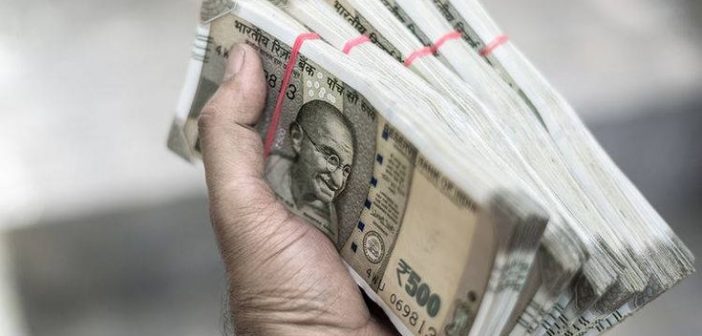Indian banks are facing a significant challenge – a severe deposit shortage, the worst in nearly two decades. This comes at a time when credit demand is surging, creating a precarious imbalance in the financial system. This report analyzes the reasons behind the deposit crunch, its potential repercussions, and explores possible solutions.
Understanding the Imbalance: The Credit-Deposit Ratio
A key metric to understand the current situation is the credit-deposit (CD) ratio. This ratio reflects the proportion of a bank’s deposits that are channeled into loans. As per Reserve Bank of India (RBI) data, the CD ratio has reached a staggering 80%, the highest level in over 20 years. This signifies that banks are lending out a larger portion of their deposits than ever before.
Reasons for the Deposit Shortfall
Several factors are contributing to the deposit crunch:
-
Shifting Investment Preferences: The strong performance of the stock market in recent months has lured depositors seeking higher returns. Financial literacy has also increased, making individuals explore alternative investment avenues like mutual funds.
-
Competition for Deposits: Banks are facing stiff competition not just from each other but also from other financial institutions offering attractive rates on fixed deposits and other instruments.
-
Rising Interest Rates: While banks have raised deposit rates to attract customers, these hikes haven’t kept pace with inflation, which currently stands at above 6%. This erodes the real value of returns, discouraging some depositors.
-
Economic Recovery and Increased Spending: As the Indian economy recovers, there’s a rise in consumer spending. This leads to a decrease in disposable income, potentially impacting the amount of money saved in banks.
-
Shift Towards Real Estate: Some reports suggest a shift in preference towards real estate as an investment option. This could be due to the perceived stability of the asset class, particularly in a high-inflation environment.
Potential Repercussions of the Deposit Crunch
The current situation can have significant repercussions for the Indian banking system and the broader economy. Here are some potential consequences:
-
Limited Lending Capacity: A lack of sufficient deposits restricts the money available for banks to lend. This can hinder economic growth as businesses struggle to access credit for expansion and investment.
-
Higher Borrowing Costs: As banks scramble for funds, they might raise borrowing rates to attract deposits. This, in turn, can translate into higher interest rates for loans, impacting businesses and individual borrowers.
-
Impact on Liquidity: The shortage of deposits can lead to liquidity issues for banks, making it challenging to meet day-to-day operational needs and manage cash flow effectively.
-
Financial System Vulnerability: A stressed banking system can heighten overall financial system vulnerability. This can have a cascading effect, impacting other sectors and potentially hindering economic stability.
Possible Solutions and the Road Ahead
Addressing the deposit crunch requires a multi-pronged approach involving both regulatory measures and bank-led initiatives. Here are some potential solutions:
-
RBI Intervention: The RBI can play a crucial role by calibrating monetary policy to incentivize deposits. Measures like lowering cash reserve ratio (CRR) requirements can help banks retain more liquidity for deposit mobilization.
-
Targeted Deposit Products: Banks can develop innovative deposit products tailored to specific customer segments. This could involve offering higher interest rates for longer-term deposits or creating special schemes for young professionals or senior citizens.
-
Leveraging Technology: Technology can be a powerful tool for deposit mobilization. Banks can enhance their digital platforms to facilitate easy online account opening and transactions, making deposits more convenient for customers.
-
Financial Literacy Programs: Promoting financial literacy can help individuals make informed investment decisions. Educating the public about the benefits and security of bank deposits can incentivize saving habits.
-
Focus on Customer Service: Building strong customer relationships is vital. By prioritizing customer service and offering personalized banking experiences, banks can foster trust and loyalty, encouraging deposits.
Conclusion
The deposit crunch facing Indian banks is a cause for concern. However, by implementing a combination of strategic measures and leveraging technology, banks can overcome this challenge. Addressing this issue requires collaborative efforts from banks, regulatory bodies, and the government to ensure a stable and robust financial ecosystem that supports continued economic growth.






